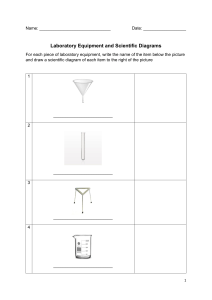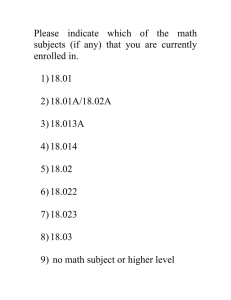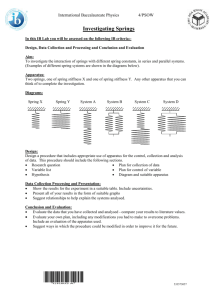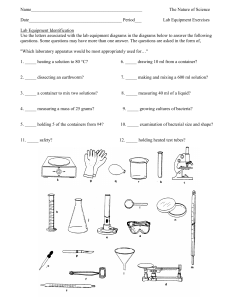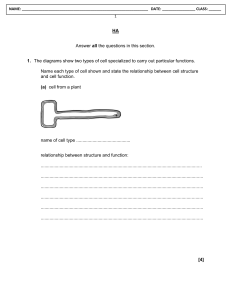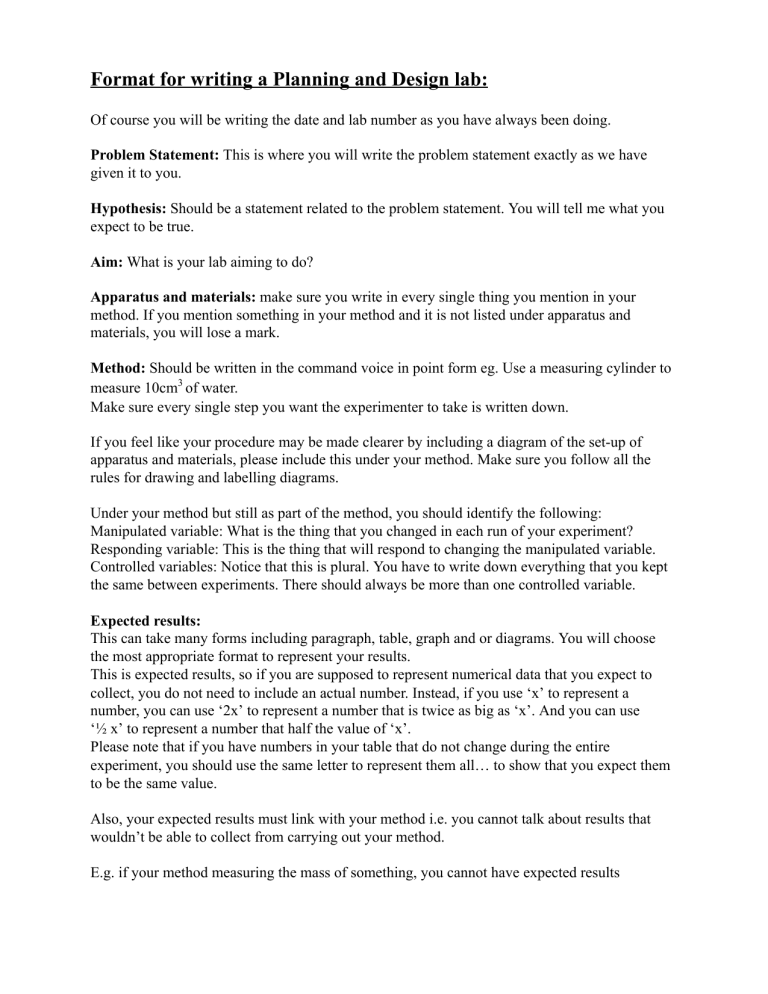
Format for writing a Planning and Design lab: Of course you will be writing the date and lab number as you have always been doing. Problem Statement: This is where you will write the problem statement exactly as we have given it to you. Hypothesis: Should be a statement related to the problem statement. You will tell me what you expect to be true. Aim: What is your lab aiming to do? Apparatus and materials: make sure you write in every single thing you mention in your method. If you mention something in your method and it is not listed under apparatus and materials, you will lose a mark. Method: Should be written in the command voice in point form eg. Use a measuring cylinder to measure 10cm3 of water. Make sure every single step you want the experimenter to take is written down. If you feel like your procedure may be made clearer by including a diagram of the set-up of apparatus and materials, please include this under your method. Make sure you follow all the rules for drawing and labelling diagrams. Under your method but still as part of the method, you should identify the following: Manipulated variable: What is the thing that you changed in each run of your experiment? Responding variable: This is the thing that will respond to changing the manipulated variable. Controlled variables: Notice that this is plural. You have to write down everything that you kept the same between experiments. There should always be more than one controlled variable. Expected results: This can take many forms including paragraph, table, graph and or diagrams. You will choose the most appropriate format to represent your results. This is expected results, so if you are supposed to represent numerical data that you expect to collect, you do not need to include an actual number. Instead, if you use ‘x’ to represent a number, you can use ‘2x’ to represent a number that is twice as big as ‘x’. And you can use ‘½ x’ to represent a number that half the value of ‘x’. Please note that if you have numbers in your table that do not change during the entire experiment, you should use the same letter to represent them all… to show that you expect them to be the same value. Also, your expected results must link with your method i.e. you cannot talk about results that wouldn’t be able to collect from carrying out your method. E.g. if your method measuring the mass of something, you cannot have expected results including something like the volume of gas produced because nowhere in your method did it say you were recording volume gas produced. Expected Discussion: It’s just like any other discussion where you have to relate all the theory that you did to your results in the lab. You need to give enough background theory so that anyone who reads your discussion will understand everything you say. In here you will explain why you expect to get the results that you are expecting and how you are going to interpret the expected results. Please remember this cannot be in the past tense as you have not done the lab. NEXT You will choose three of the following: -source of error -assumption -precaution -limitation And you will write one of each of the three that you choose. THERE IS NO CONCLUSION FOR A PLANNING AND DESIGN LAB AS YOU HAVE NOT CARRIED IT OUT
